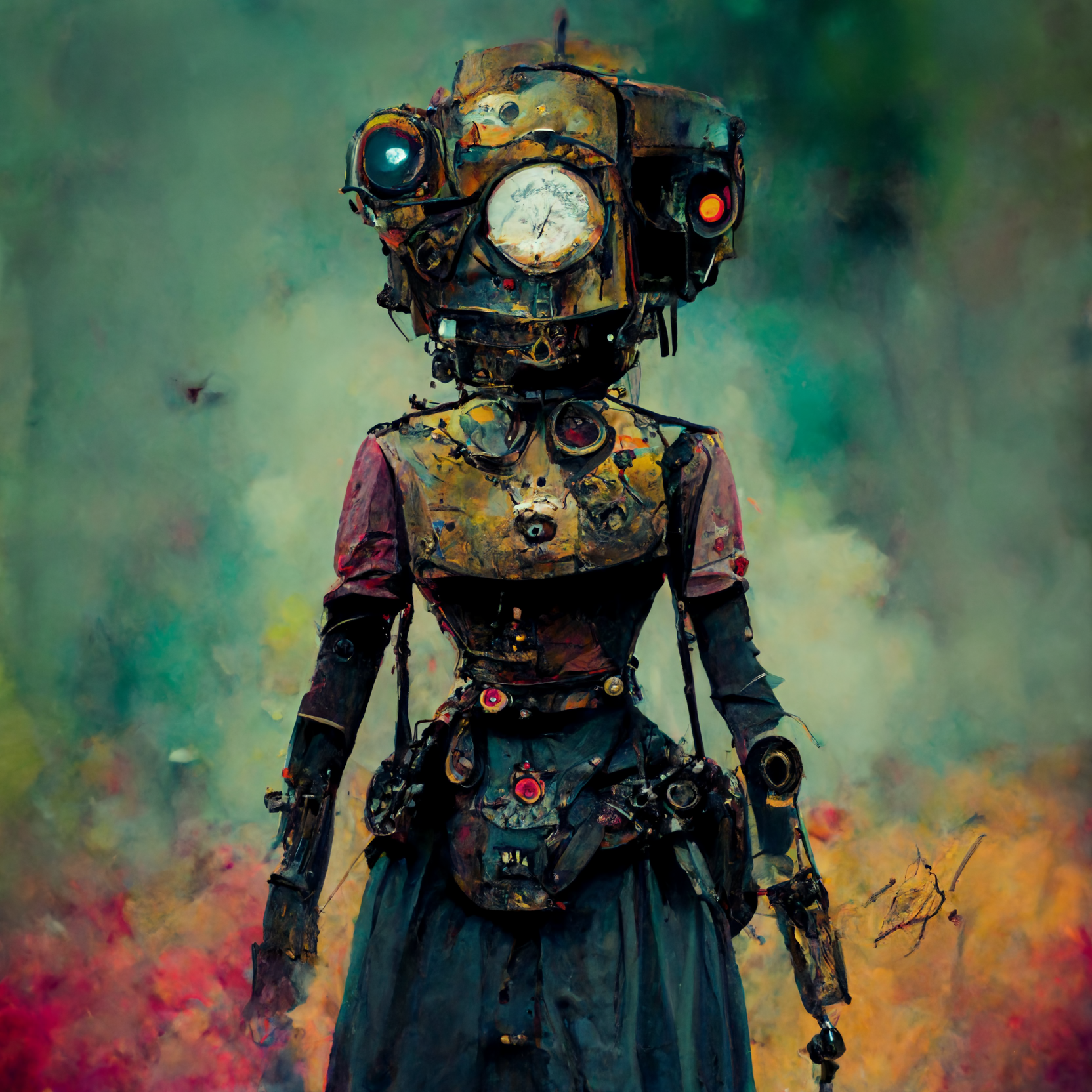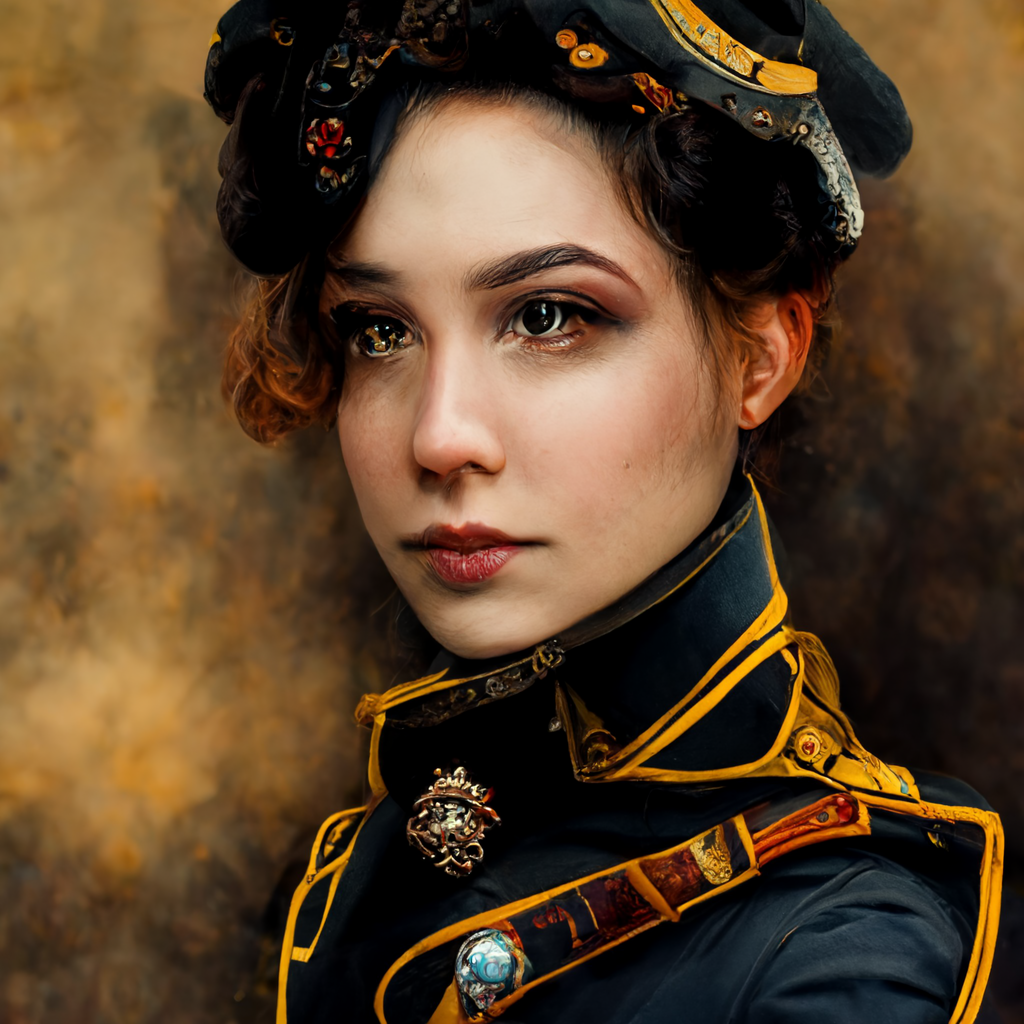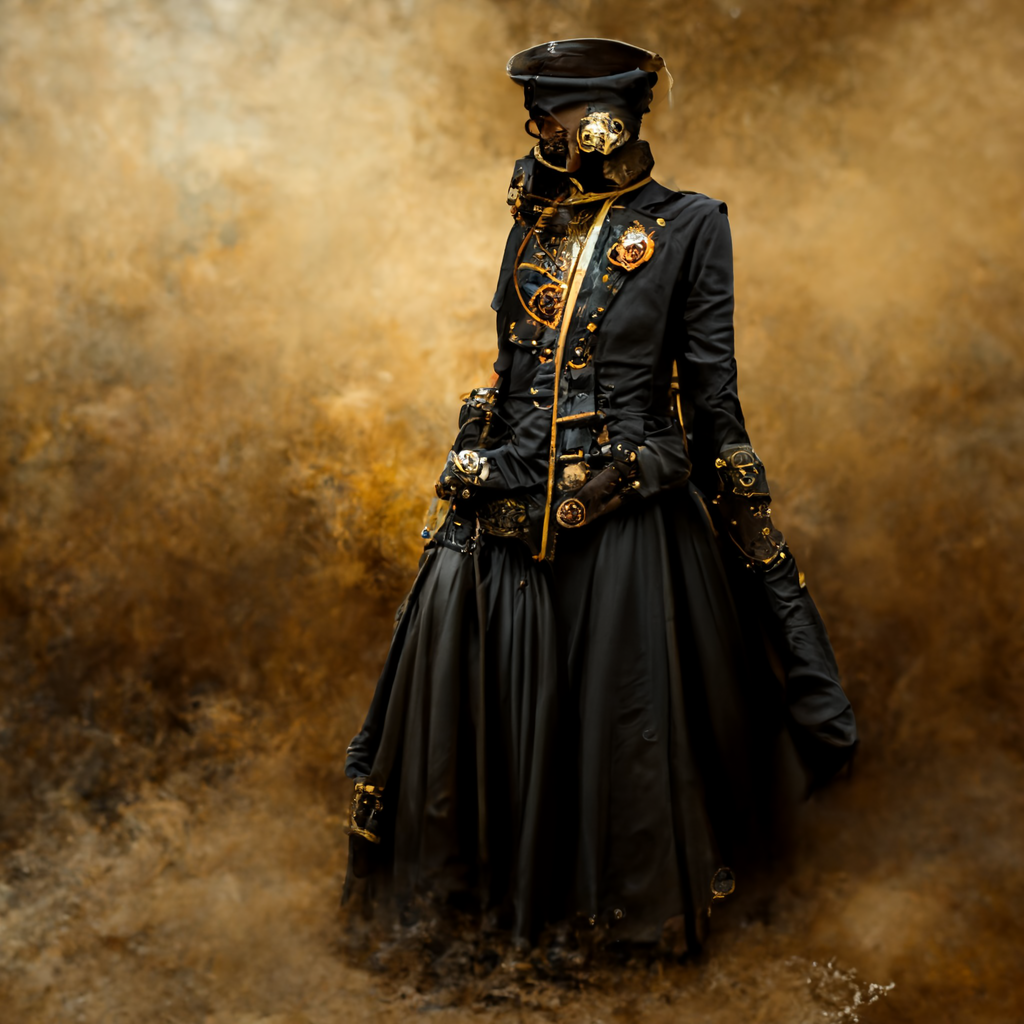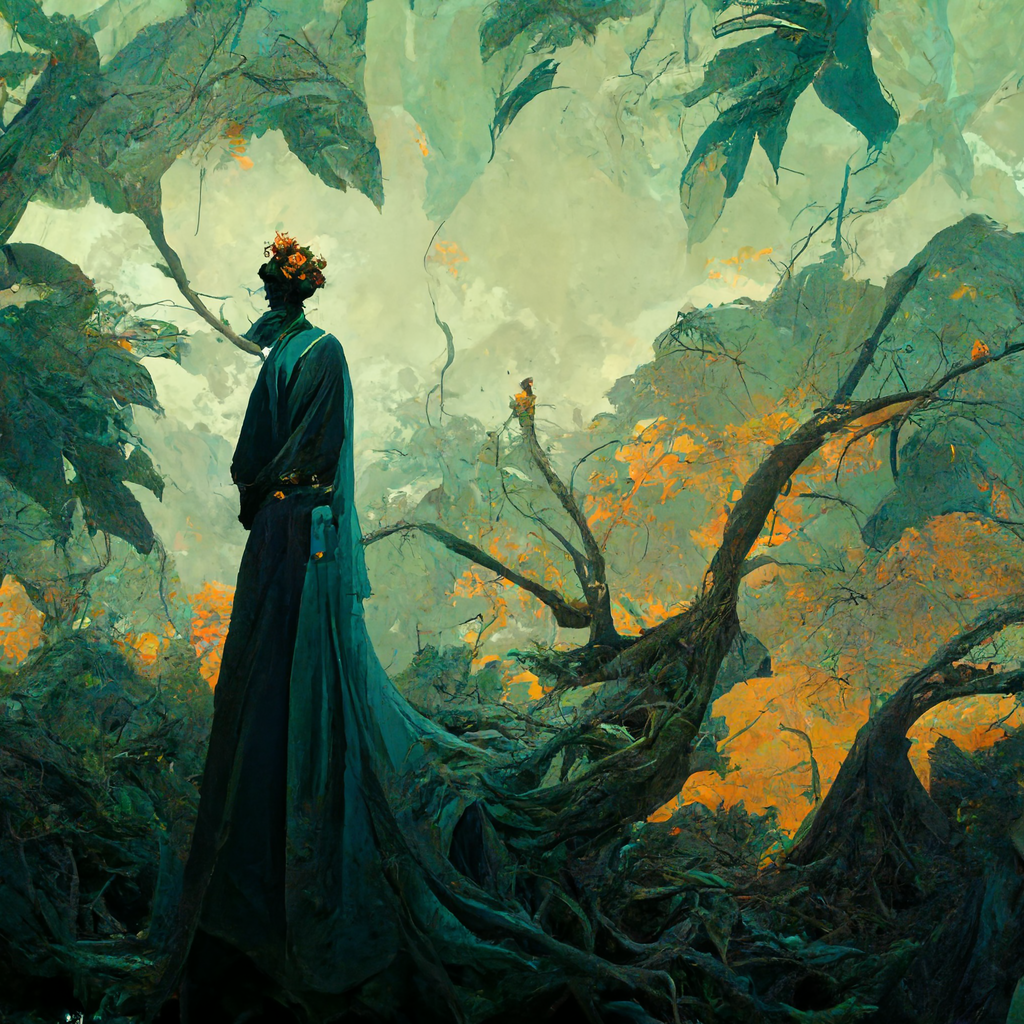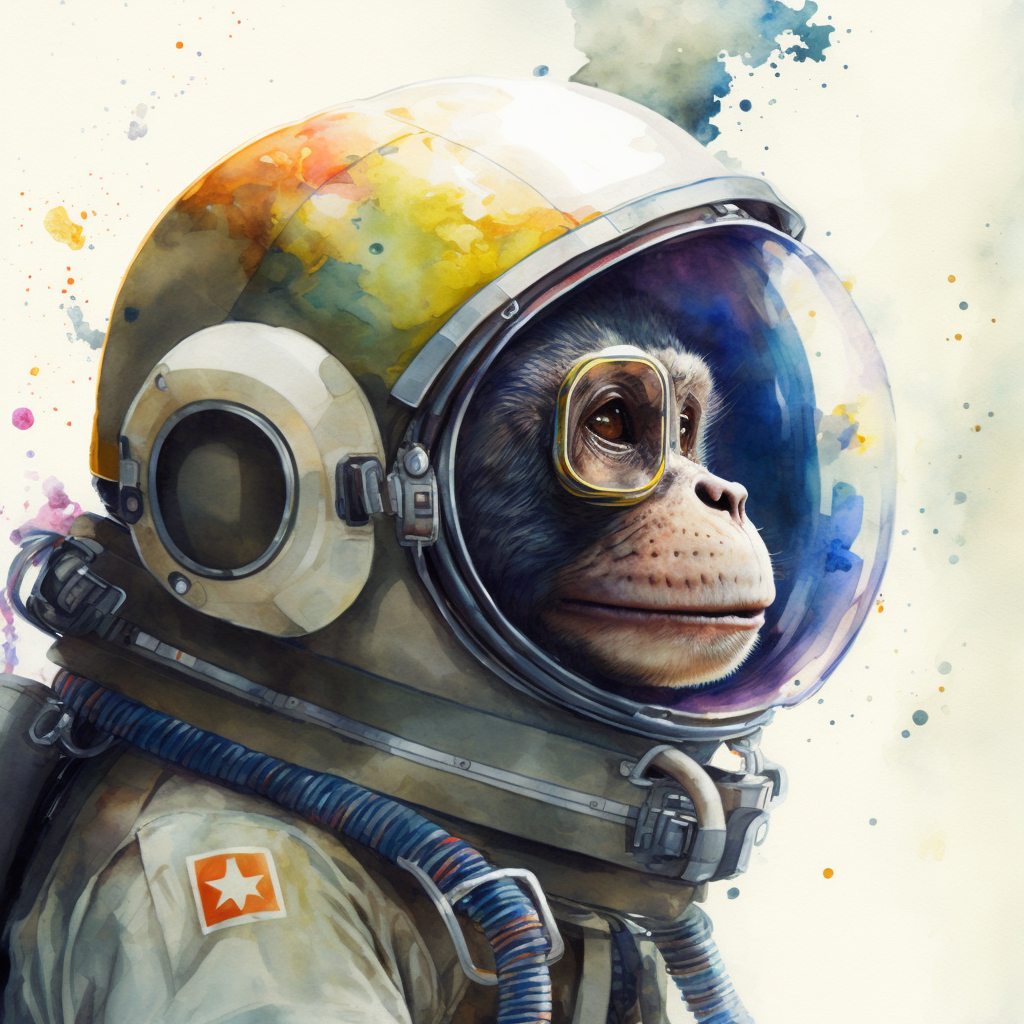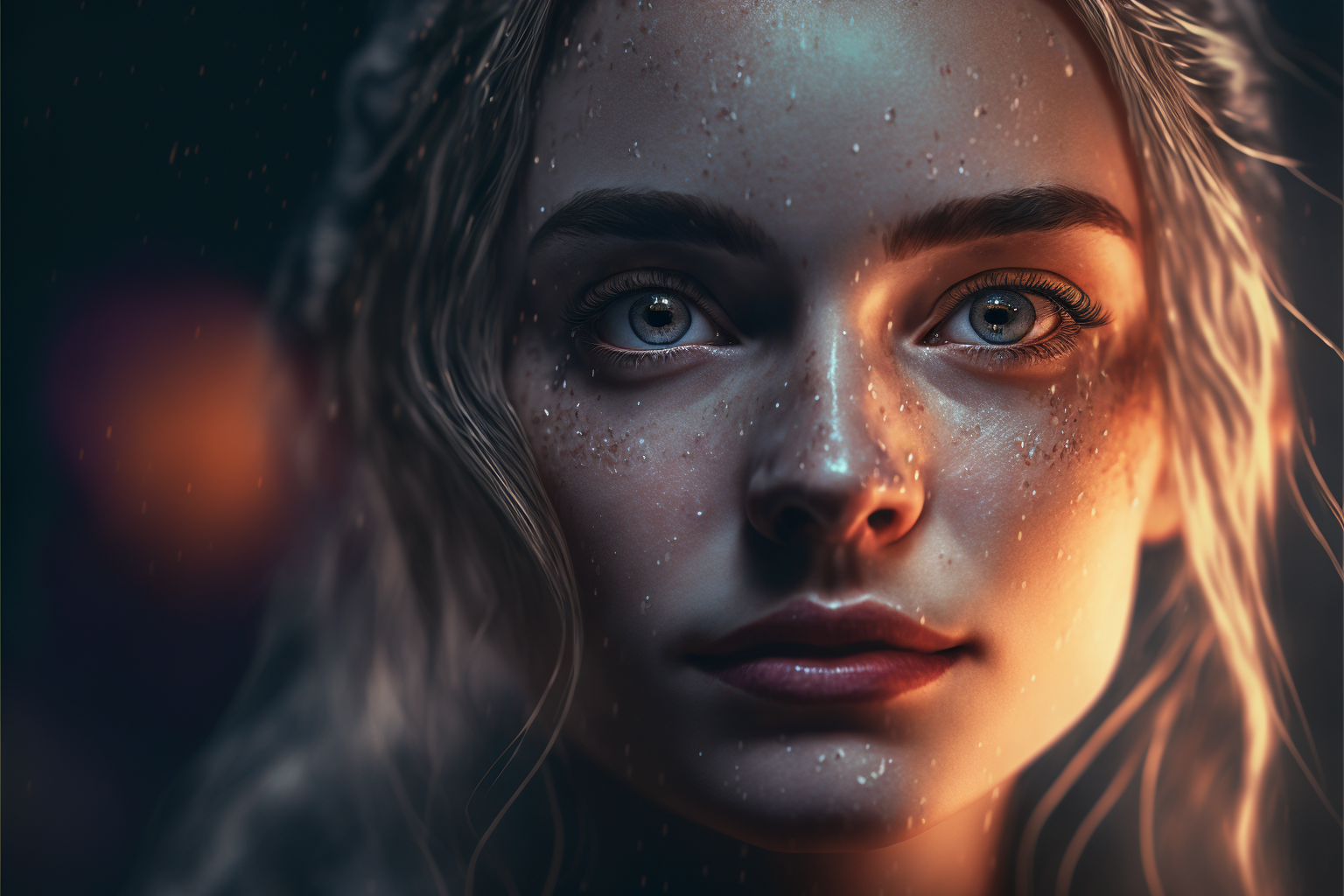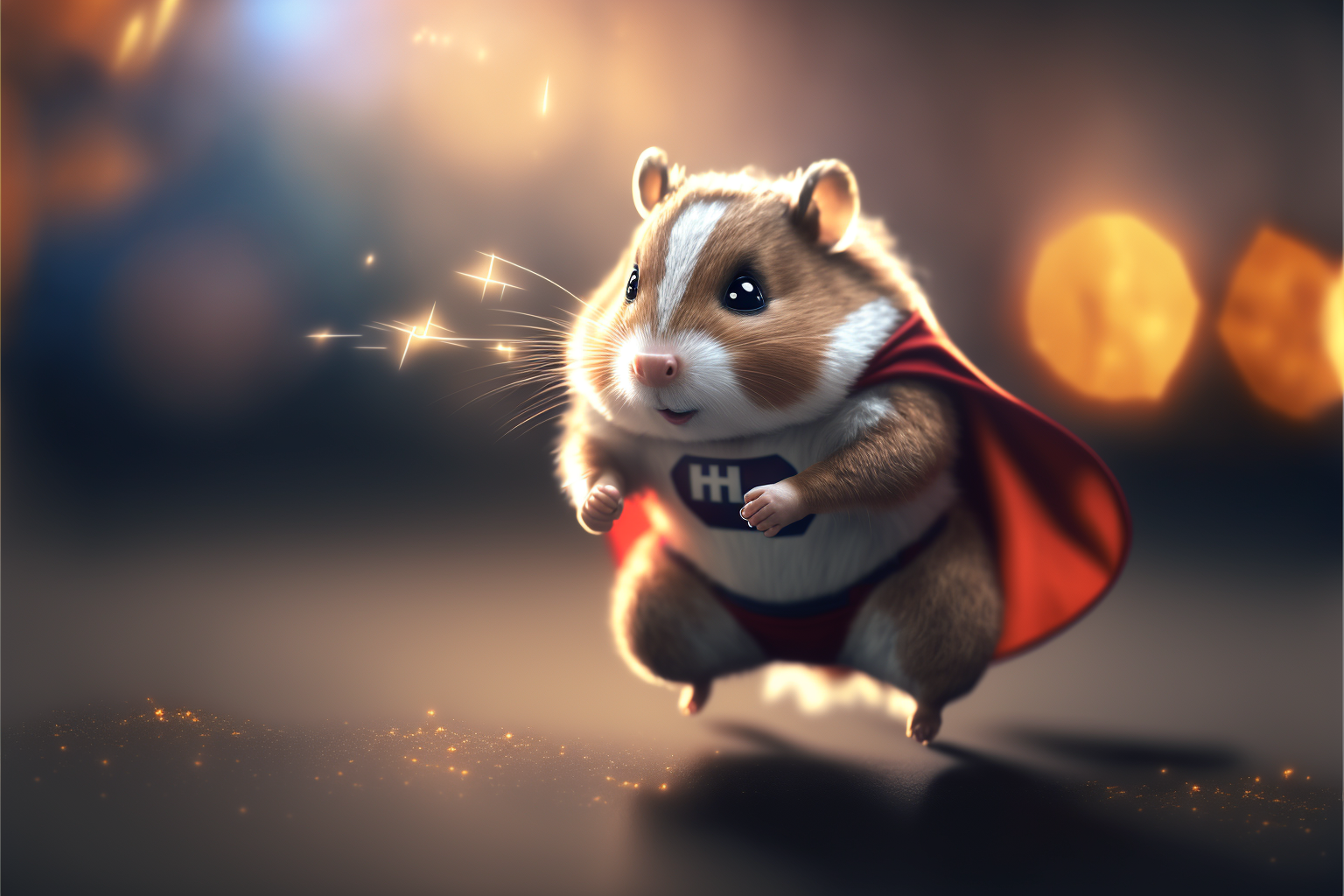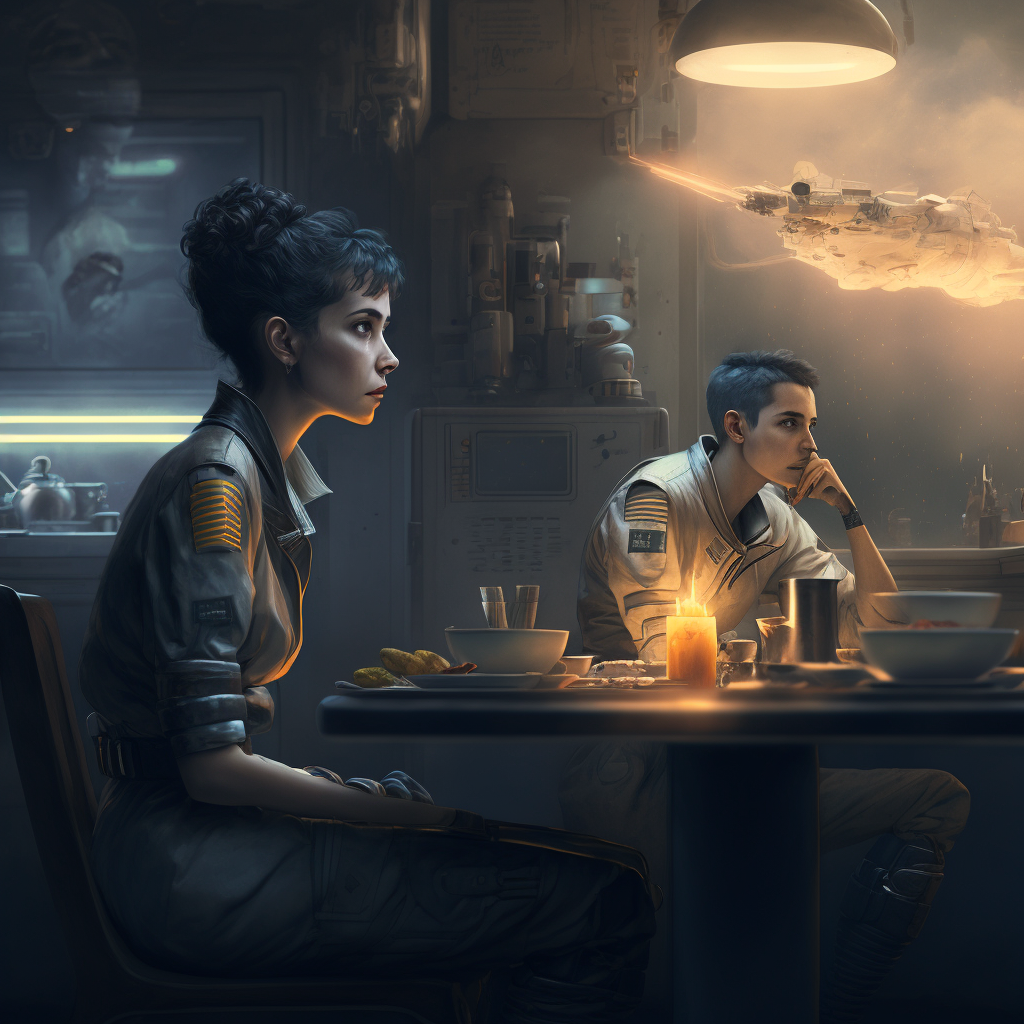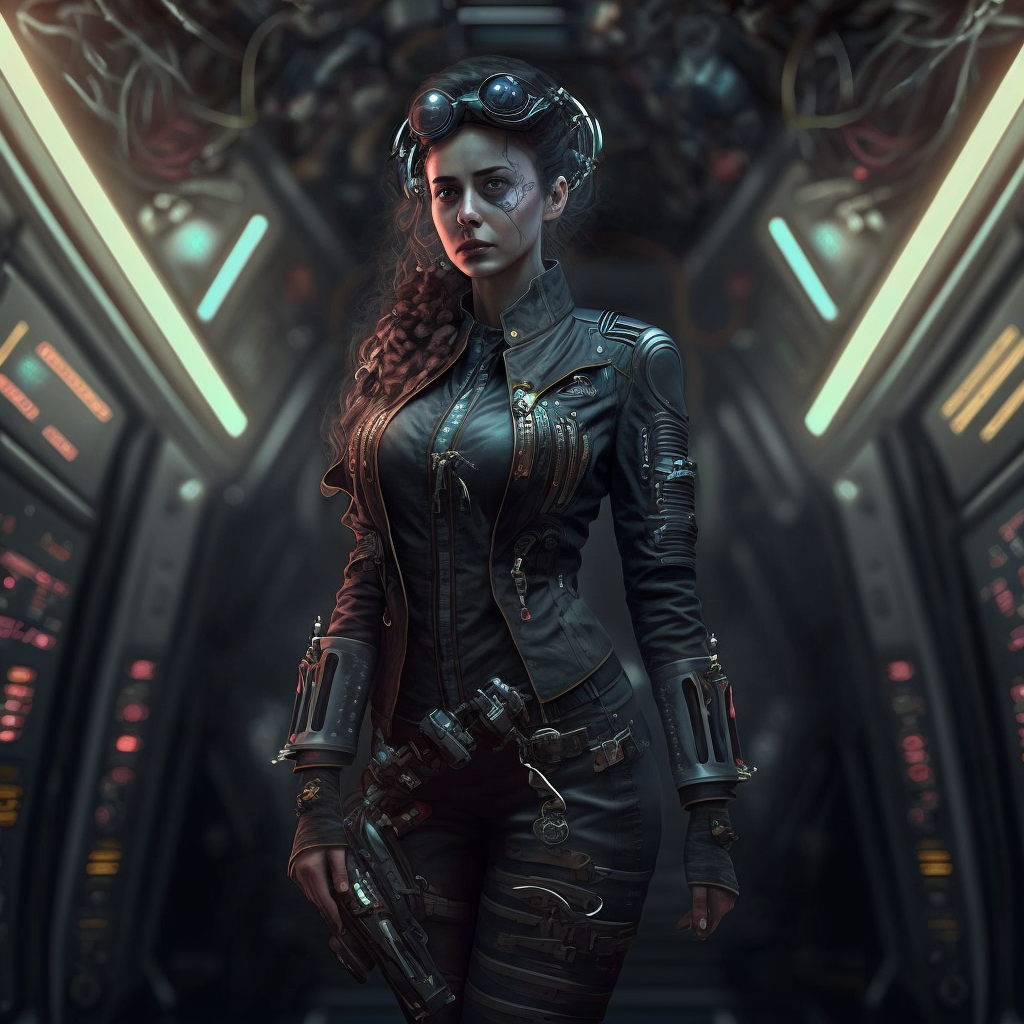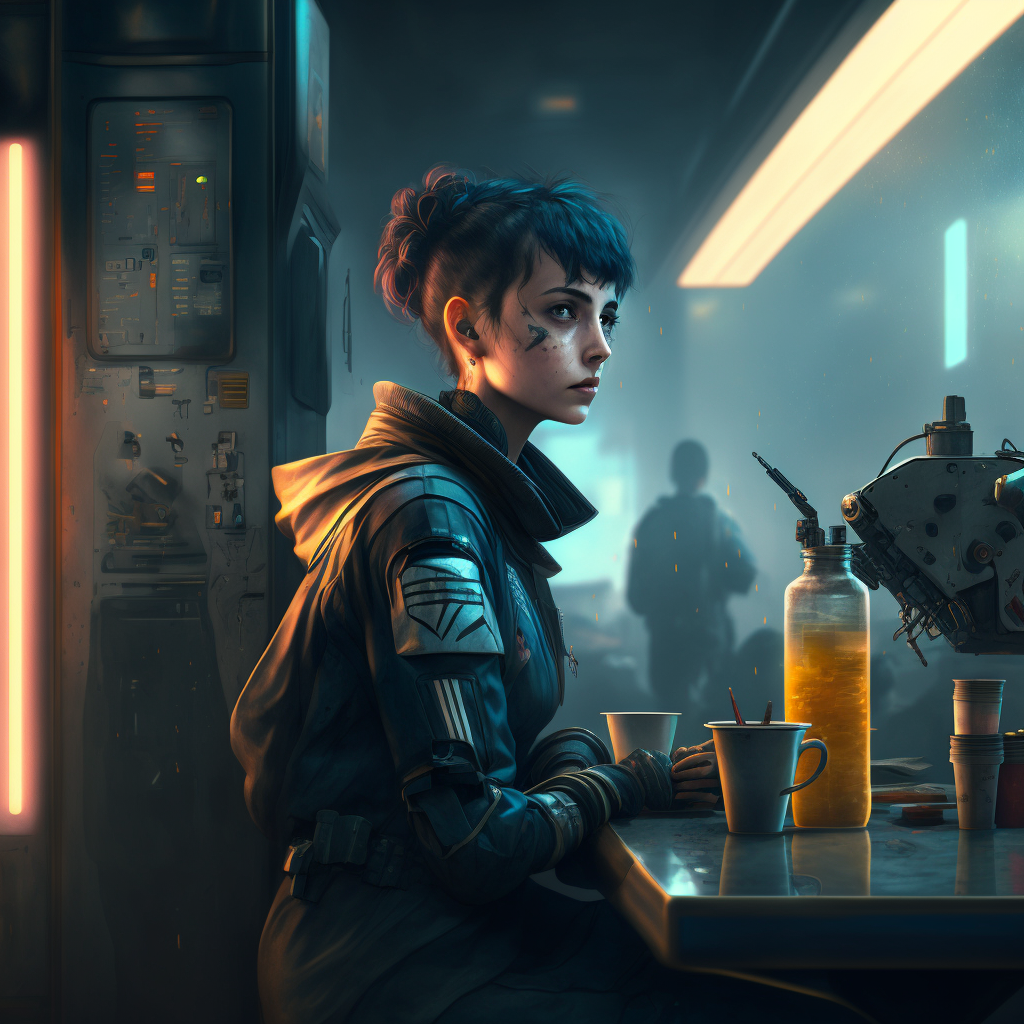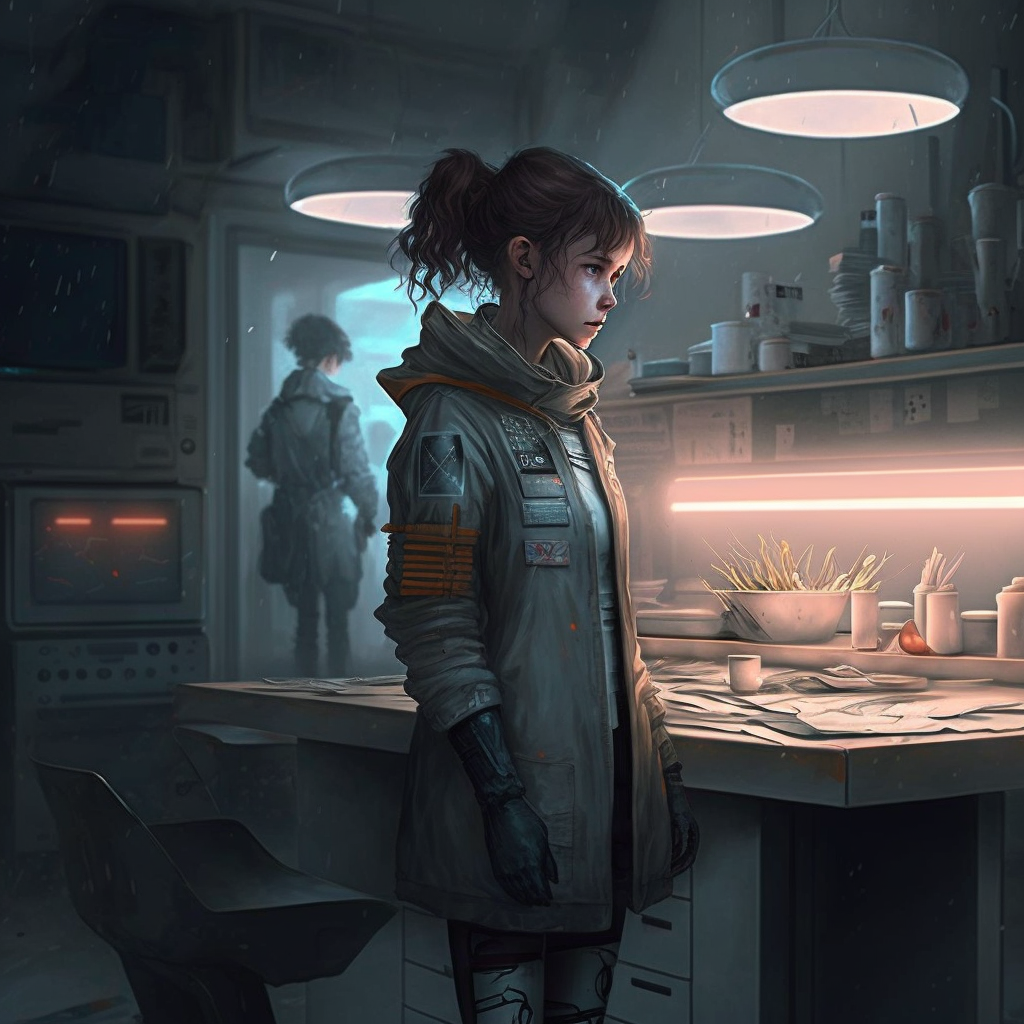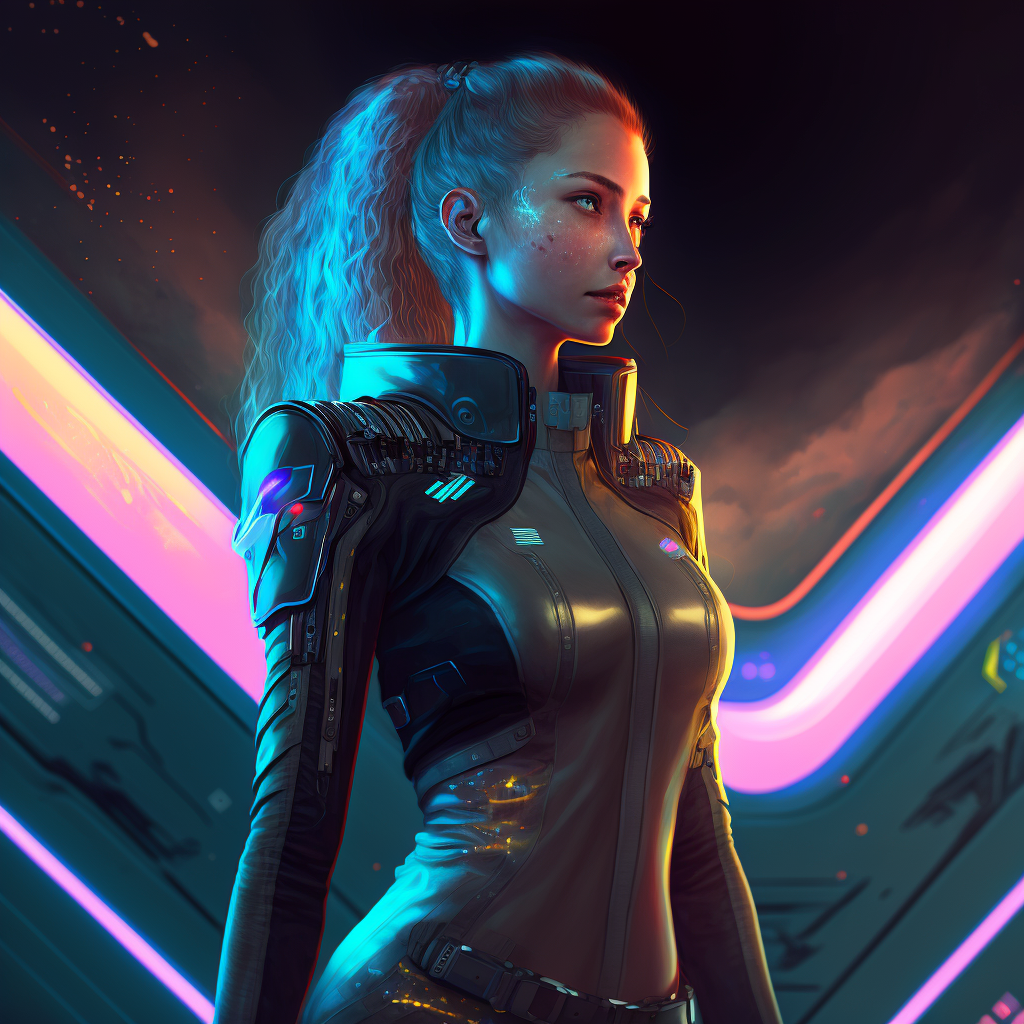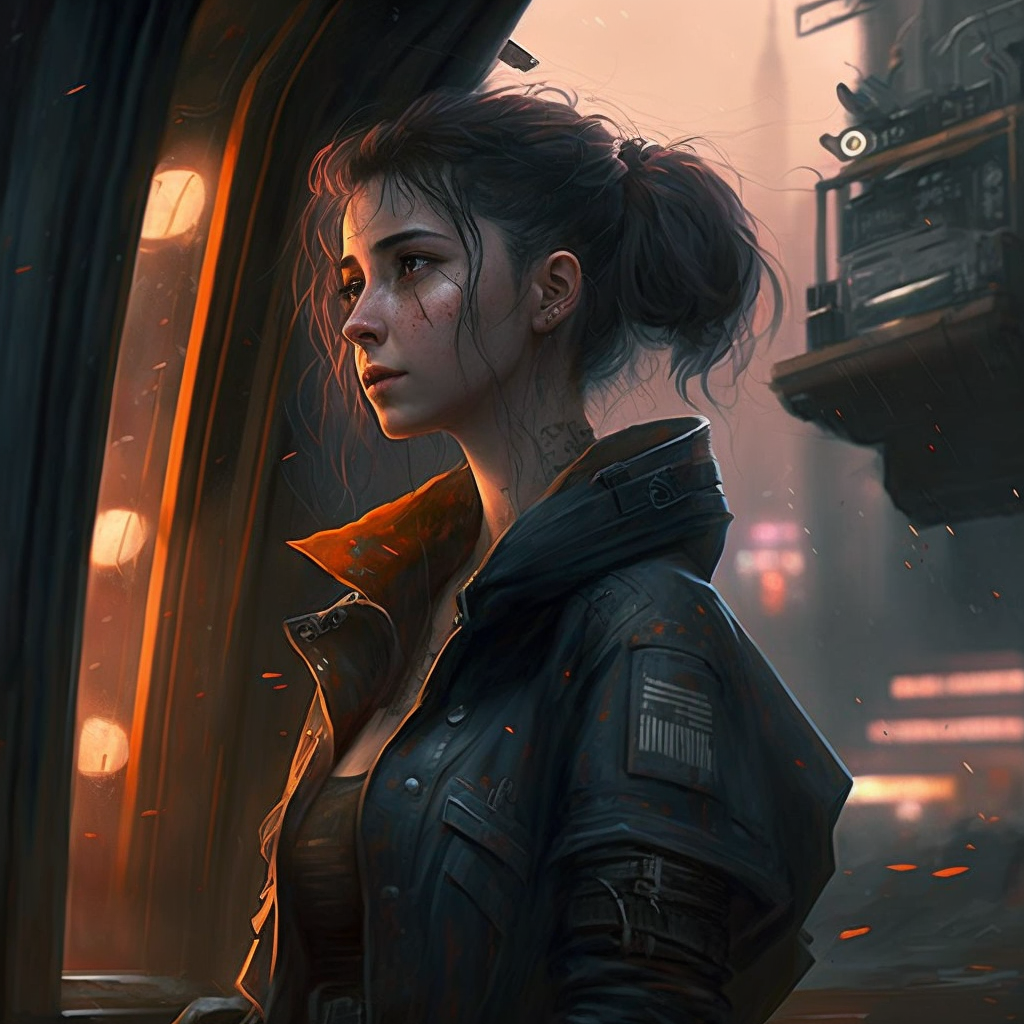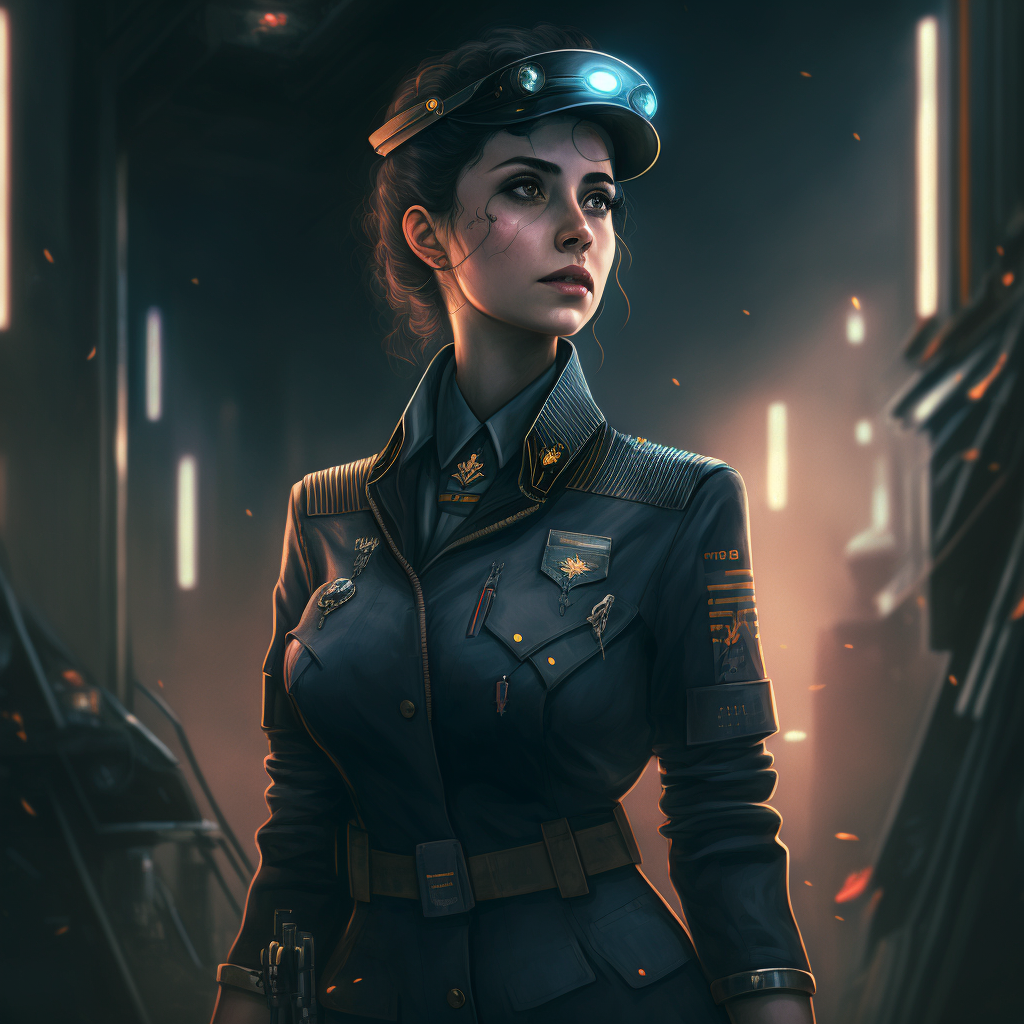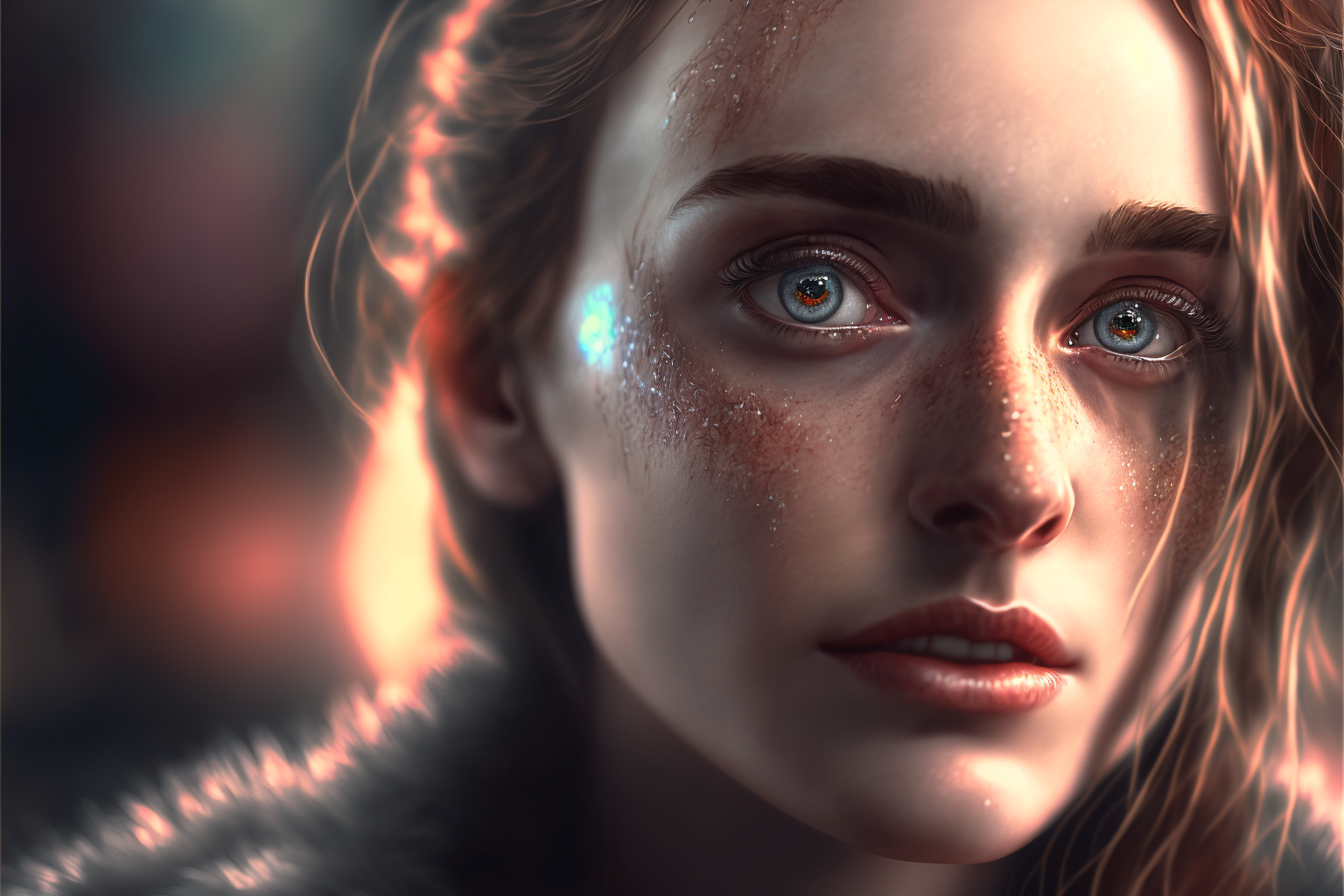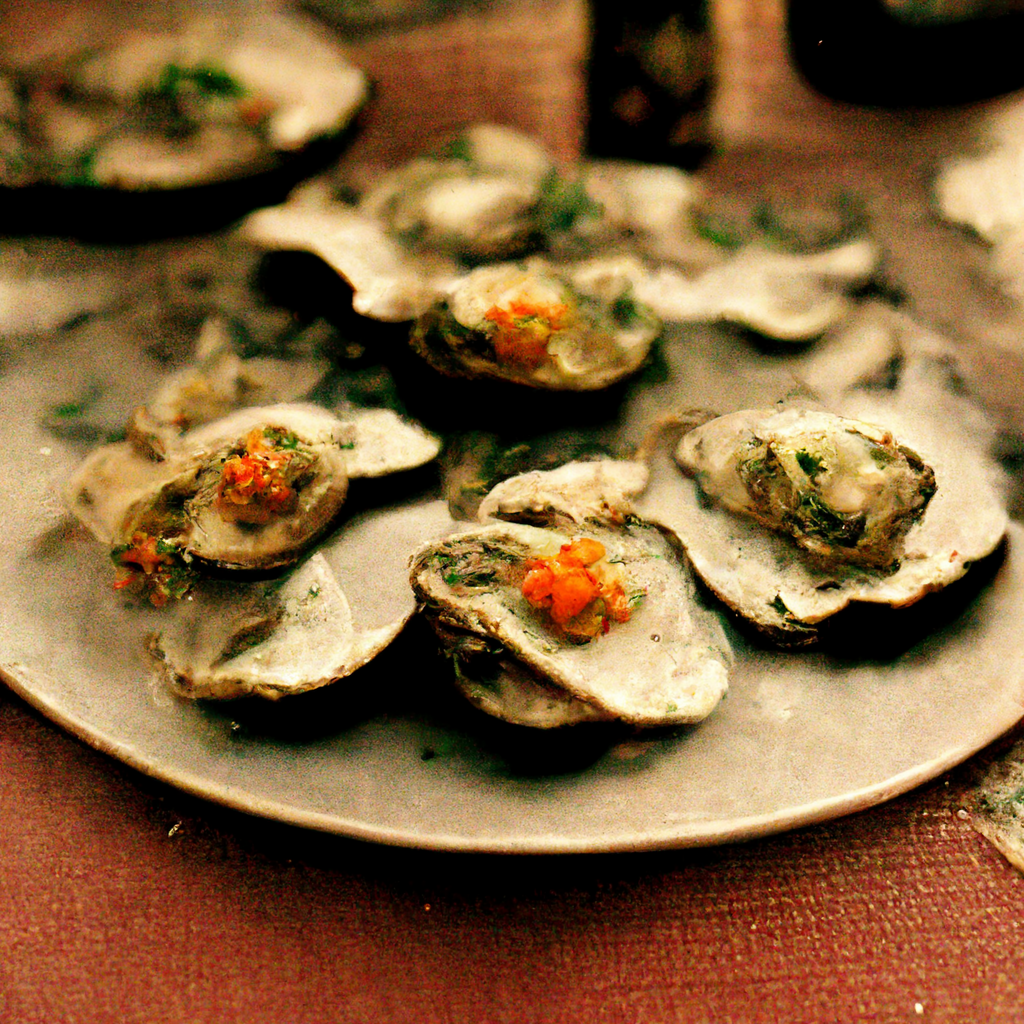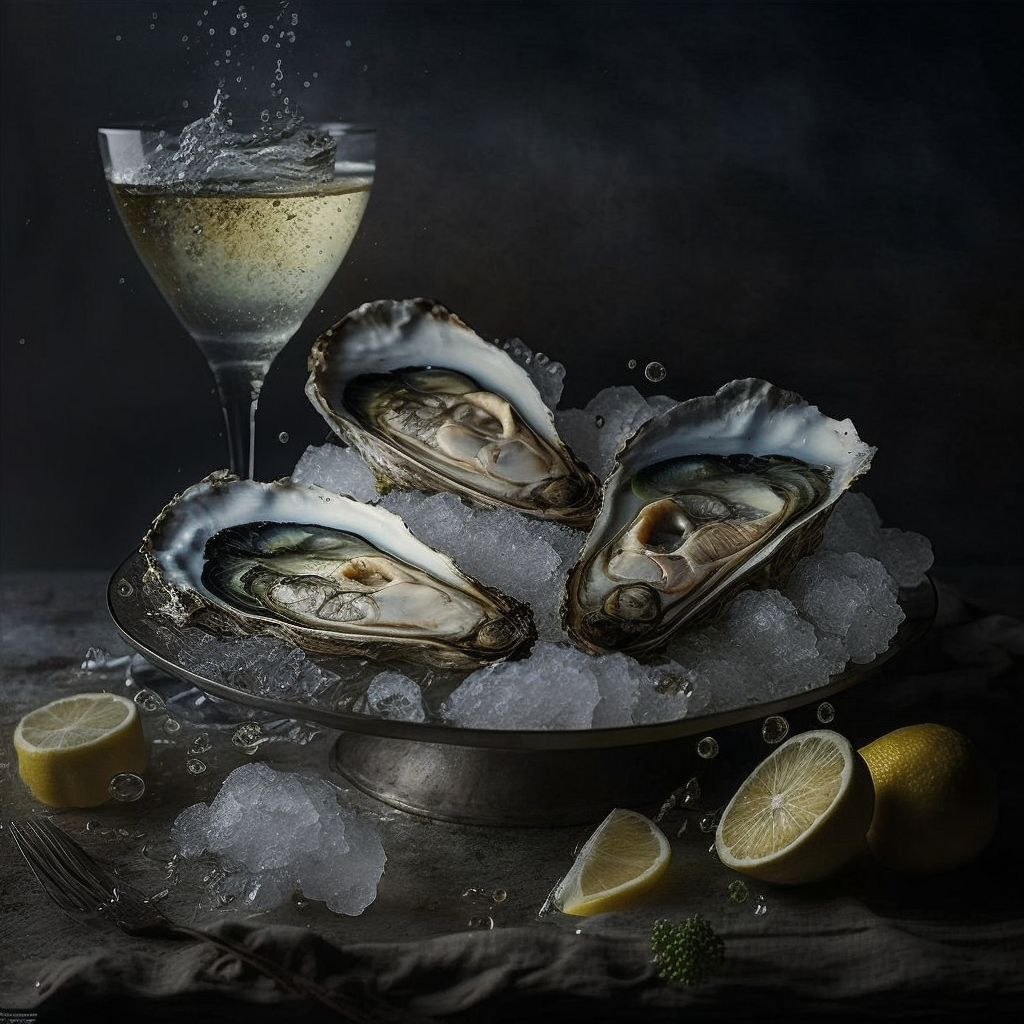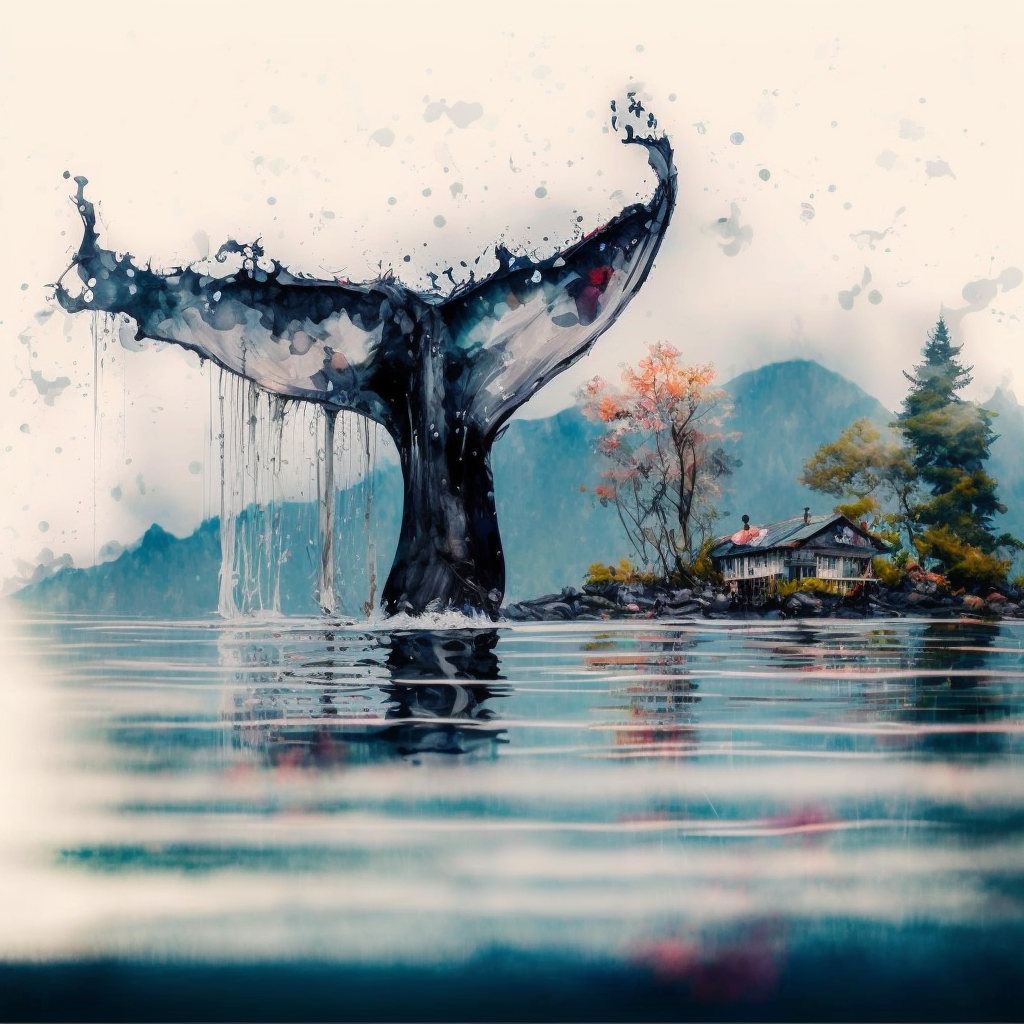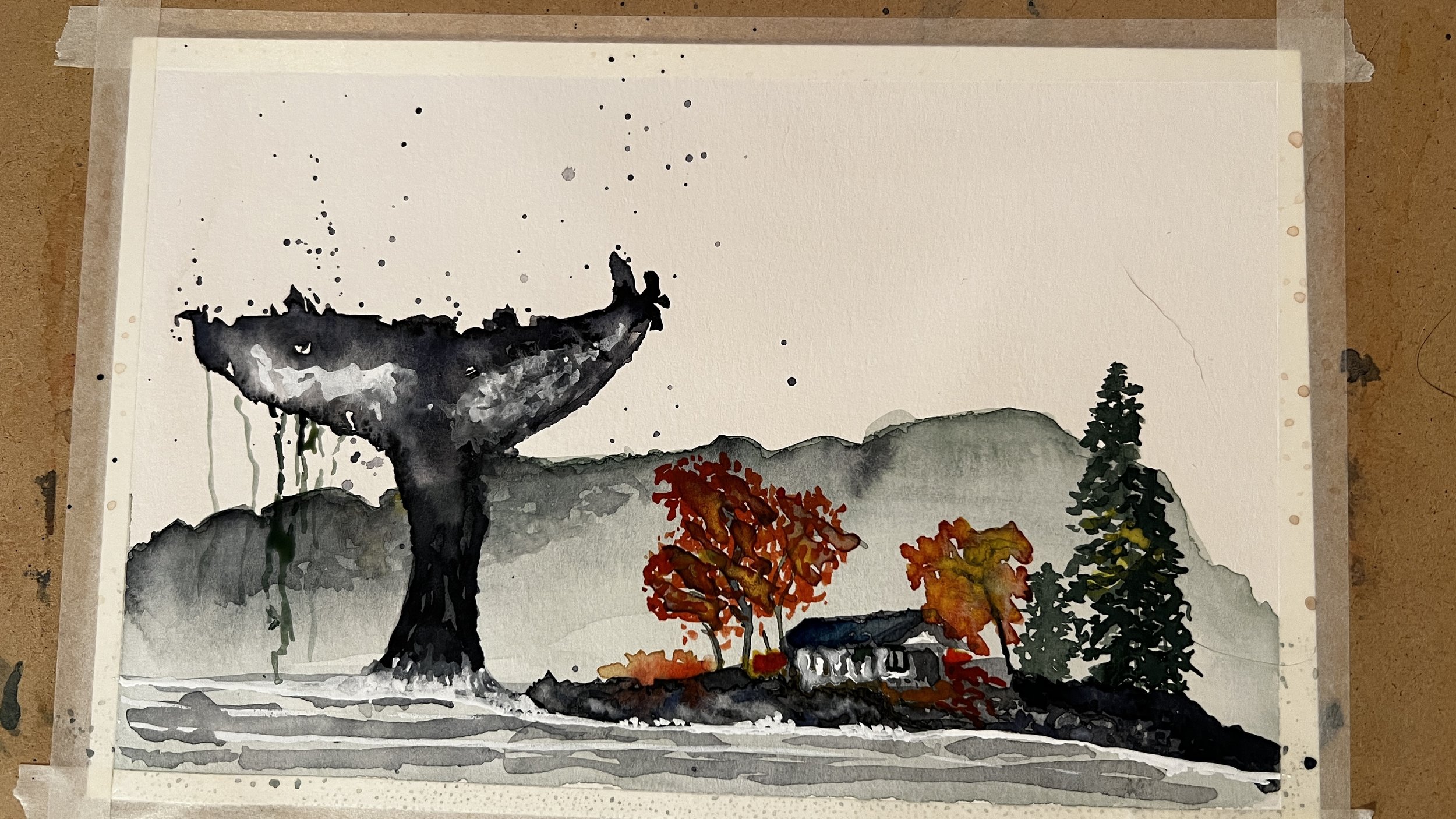“We don’t see the world as it is, we see it as we are.
”
The above Anais Nin quote is a favorite of mine, a reminder that we see the world through our years of having experienced the world through our eyes. And what we perceive isn’t exactly reality. It’s our built version of reality, seen through stories our families tell us about the world and our reactions to stimuli as we remember past experiences. Each of us sees things a bit differently. The basic reason why two people can get two different perspectives from an event.
We know this is true by what we know of the brain today, which isn’t that much, but more than we knew twenty years ago. Today we can map the brain with far more precision, showing us what’s happening as we perceive the world. The short of it, there is far more information coming in via our senses than we could be cognizant of. In that, our brain filters reality for what it feels is important. How it’s decided what’s filtered heavily relies on how we have experienced the world to this point. Some information may be filtered out, compressed, and presented differently. Our brains are big predictive machines, it's the only way we can walk into the future every morning.
This article isn’t about the brain, or is it? Perhaps you have seen or heard about the explosion of artificial intelligence (AI) around written language and graphics. Which operates not all unlike our brains. Thousands of images and styles are shown to the AI, and a framework of commands is created so we can manipulate all that information.
I’ve been watching this AI explosion - being the curiosity-monger I am - I wanted to try it. I’ve studied photography for over 30 years, and love crafting an image for others to enjoy. Not being one who sits and laments what was - the death of film and the rise of how everyone can be a photographer today - I just keep creating and being curious. I wanted to know how well an AI could create a scene that I just as easily could have photographed and processed. I’m also a big fan of sci-fi, especially the Blade Runner genre; I want to create visual scenes with that look.
The AI I find with the best quality for graphics is MidJourney (https://midjourney.com/), here is a link to how to get started with MidJourney (hint, it’s very easy, too easy): https://www.digitaltrends.com/computing/how-to-use-midjourney-to-generate-ai-images/
All I did in these first few is use some basic phrases; “steampunk landscape and river scene,” “James Cameron Avatar style space station,” “Steampunk lady in a helmet as a watercolor,” “Vampire woman Brom and Blade Runner style,” “Steampunk ships captain woman,” and “steampunk woman general full body.”
The funny issue right now is that AI’s aren’t doing very well with eyes, hands, and even faces. Generally speaking. Seven fingers on a hand is a funny thing to see.
Then I ventured into syles and subjects like watercolor, sasquatch, and ape astronauts.
All of which is cool to see, even with their flaws. I do not doubt that very soon we won’t be seeing these flaws, but they make for some interesting art I’d hang in my house.
Now it was time to dig into the manuals and find out how to manipulate the command words. Each AI - there are many you can play with - has a set of programmed styles and effects. Effects such as “4K” and “Hyper-realistic” or even just “photograph.” All help you craft what you want the AI to come up with.
Just for kicks, I fed the AI a description of eating oysters by Earnest Hemingway from his incredible piece of literature, A Movable Feast.
“As I ate the oysters with their strong taste of the sea and their faint metallic taste that the cold white wine washed away, leaving only the sea taste and the succulent texture, and as I drank their cold liquid from each shell and washed it down with the crisp taste of the wine, I lost the empty feeling and began to be happy and to make plans.”
As you can see, there are some pretty stunning images. It’s quite easy to go further in making them so real I can’t tell if it’s real or generated most of the time.
Reading about how others have played with this technology has been inspiring. You’ve probably heard about how the written word AI is coming, except it’s already here.
This woman fed her lifelong journals into a language AI so she could converse with her younger self. Truly amazing. Think about the potential psychotherapy applications. Her younger self held a conversation framed by how she was - her ideals, dreams, and fears - as a young woman.
Here are some examples of how I have played with language AI, by asking the AI for the answer to an organic chemistry question:
The AI wasn’t wrong. They often are at this point; much of the language work is around how to make the AI conversational, not yet totally factual. As early users, we are asked to correct it.
My experimentation in graphics took an interesting turn. I showed MidJourney a photograph of a whale tail I took earlier this summer in Alaska, then asked it to make a watercolor scene from it, then I took that scene and watercolor painted that myself. Mind you, I’m new to watercolor, literally picked it up over the last two weeks, so be kind. :) My mother is a very good watercolorist; I’ve been around her for years, watching but never doing it. Photography has always been where I get the most joy and spend the most time studying. But this exercise was fascinating.
I play with this new frontier, fully aware of the potential issues and ethics involved. Which I’m sure will be sorted as time goes by. Do we know that the thousands of images shown to and stored by the AI are rights-free? Do we know if the likeness of a person was approved to be fed to the AI? What about the collision of language, graphics, and deep fake video? Very soon, it will be extremely hard to tell what’s real or not in both what we see and read. Realism should be the goal, but how we do that without creating harmful fakes should be the question. There is no doubt in my mind that we are too late to stop anything, and the possible positives are huge. Our lives are already touching AI and machine learning. It’s not going away anytime soon. And it’s super damn cool.



